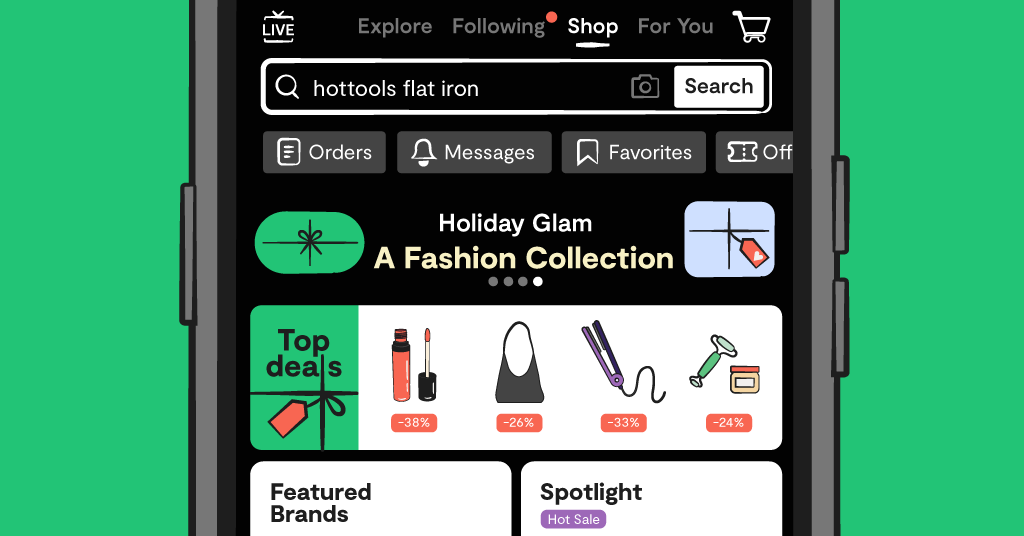
Welcome to part 2 of our our 3-part series on how to talk to tweens about using Bark's monitoring service. We hope you find these talking points, example conversation starters, and actions to take based on your kid's age helpful. Today we cover how to talk to tweens, ages 10 to 13 years old, about what Bark is and why your family chooses to use it. If you haven't already signed up for Bark, head here and get set up in under 5 minutes.
Providing guidelines and rules for how to use technology will help your children know how to navigate their online lives. Setting up a technology contract is a great way to do this, as it helps keep the conversation fresh and aids you and your kids in putting together a very real document of expectations and consequences for your family’s technology rules. A crucial part of the technology contract should outline the fact that if they are going to have the privilege of using a device that you provide them, certain safety measures will be implemented. The most relevant being the use of a monitoring service called Bark that lets you know when issues arise on their social media, texting, or email accounts, but allows them to maintain a decent level of privacy because you are not reading through all of their messages.
Start a With a Real Life Example
Heard the term finsta? It's a fake Instagram account. While some kids may use a finsta that they limit the number of people who see it and post less than "Instagram Worthy" pictures on, some kids create fake Instagram accounts to cyberbully other kids.
Start off the conversation by stating you heard about something new and want to get their take on it. You can say, “I heard a new term today called “finsta.’ Do you know what a finsta is?” After listening to their experience with finstas, you can explain that the use of a finsta, or fake Instagram account, may seem harmless but some people are using them to cyberbully other kids. You can then say, “So, I want to work with you to create (or update) our technology contract with a service called Bark which will help me keep you safe from cyberbullying and other people online who do not use the internet in a positive way.”
Reinforce It’s Your Job To Keep Them Safe
Let your tween know that you consider keeping them safe online part of your parenting responsibilities, but you trust them and also want to give them privacy and accountability for their actions. Say something like, “The reason I chose Bark is because I don’t want to read every message you write or receive. Bark only alerts me to the messages that are problematic. This is a step forward for you to become more responsible for the decisions that you make online and with messaging your friends, but with a safety net in place so that we can discuss and decide how to respond to online issues together. I don’t care about the million messages you send your friend Jenny asking what she is doing, but I do care if you get messages that are cyberbullying or include inappropriate pictures.”
You Trust Them, But Not Everyone Else
Help them understand that you do trust them, but that you can’t blindly trust everyone else that they may know through school or with whom they might happen to come into contact with on the internet. You can begin with an analogy, “You know when you started having sleepovers at other people’s houses and we have rules for how that happens? Well, there are family rules for how we use technology. One of those rules is using Bark so we get alerts about issues that we can then discuss and address as a family.” This reinforces that you are their safety net when they deal with online issues and helps build trust with your tween.
Actions to Take
- Timing is everything – make sure you are not in a hurry when you have these conversations and that no one is having a rough day.
- Set up Android). Have them connect their device and accounts while they are standing next to you. This way if they are reluctant to give up their password and username information, they can do it themselves.
- Set up guidelines and write the family rules down in a technology contract.
Give Us Feedback
Our job is to keep your children safer online. We are your partner in this digital parenting space! Please always let us know how we can help by emailing us: help@bark.us
Read more
Bark helps families manage and protect their children’s digital lives.






